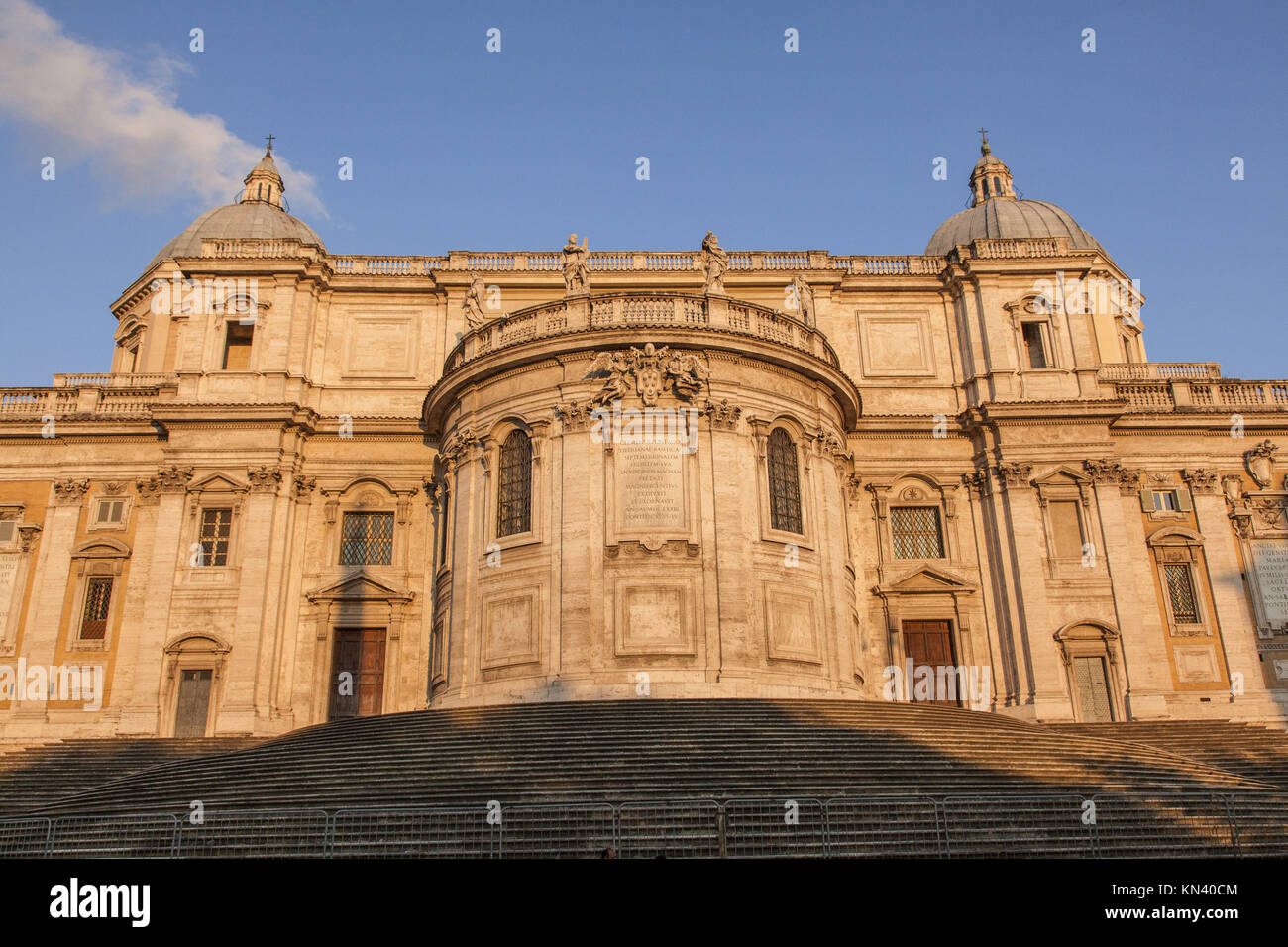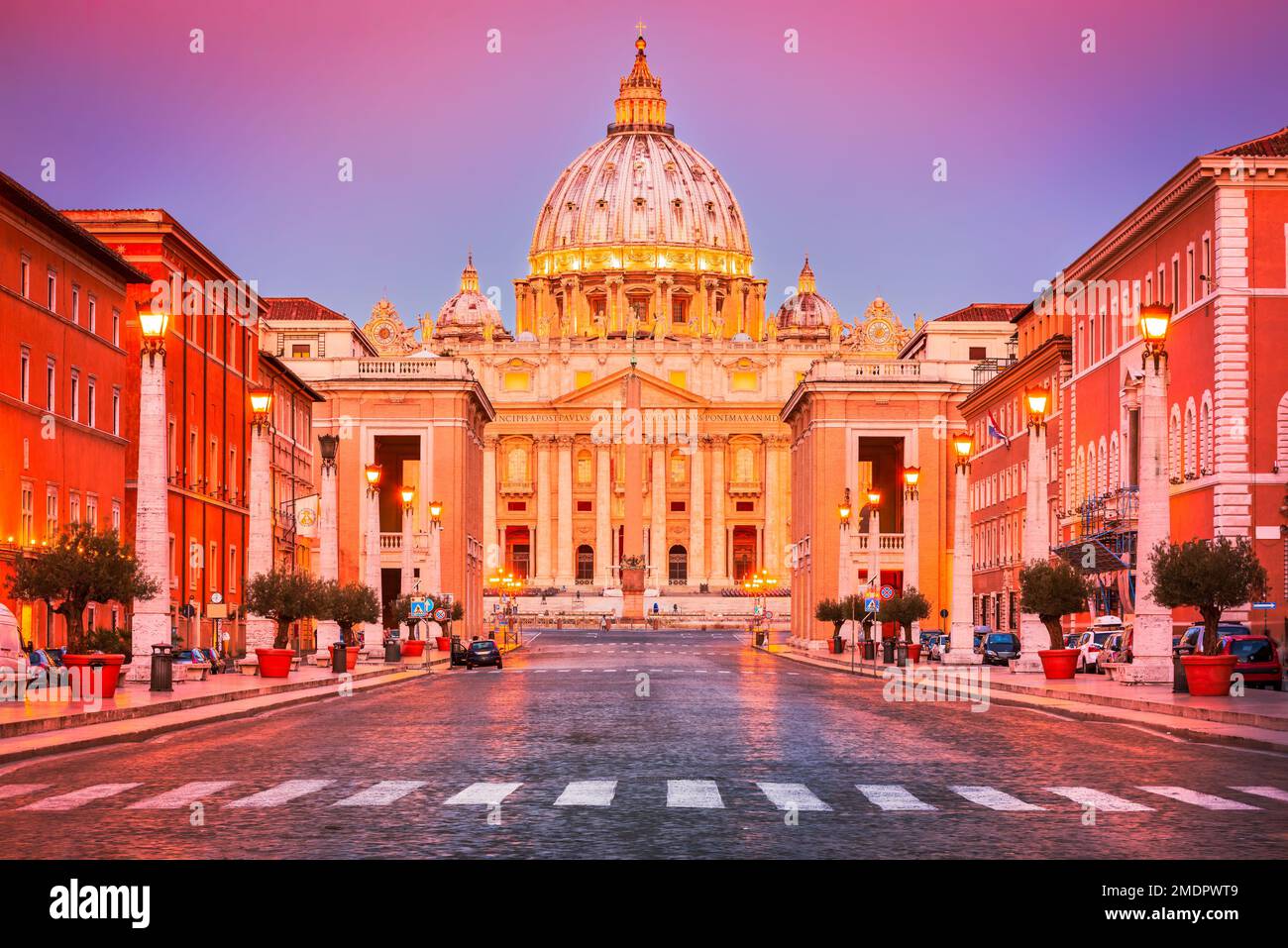Discovering The World's Largest Catholic Church: A Grand Proof Of Faith
Have you ever wondered about the sheer scale of human devotion, or perhaps just how big some buildings can truly get? It's a question many folks ponder, especially when thinking about places of worship. Today, on , we are going to explore a question that has sparked much conversation and, frankly, a bit of friendly debate: which is the largest Catholic church in the world?
This isn't always a simple question with just one quick answer, you know. The idea of "largest" can mean different things to different people, or so it seems. It's a bit like asking what the biggest lake is; some might think of surface area, while others might consider the deepest part. The way we measure things really does change the outcome, doesn't it?
When we talk about the most impressive religious structures, especially Catholic churches, their immense size often reflects the profound belief of the people who built them. These buildings are, in a way, like grand stories told in stone and glass. So, let's unpack this fascinating topic and find out which church holds the top spot, depending on how you look at it.
Table of Contents
- The Quest for the Biggest Church
- St. Peter's Basilica: A Famous Landmark
- The Basilica of Our Lady of Peace: A Surprising Champion
- Understanding "Largest" Versus "Greatest"
- Why Churches Are Built So Big
- Frequently Asked Questions
The Quest for the Biggest Church
Finding the largest Catholic church in the world might seem like a straightforward task, but it turns out to be a topic with a couple of different answers, depending on what measurement you choose to use. It’s a bit like trying to find the "biggest number" in a list; you might be thinking of the highest value, or perhaps something else entirely. For instance, if you have a list of numbers like 100, 200, 300 versus 1, 2, 3, the "highest" is clearly 300, but "greatest" can also mean the one with the most value. This discussion, you know, has been around for a while, with questions asked about it even years ago.
Some people, quite naturally, believe that bigger is better, especially when we talk about Catholic churches. These grand structures are often meant to inspire awe and show the deep commitment of their builders. So, it really depends on what criteria you are using for "largest." Do you mean the one that covers the most ground, or the one that has the most internal space, or perhaps even the one that can hold the most people? These distinctions are pretty important, actually, when we try to figure out which church truly stands as the biggest.
St. Peter's Basilica: A Famous Landmark
The Heart of Vatican City
For many, the first place that comes to mind when thinking about the largest Catholic church is St. Peter's Basilica. This truly iconic structure sits right in Vatican City, which is, in fact, an enclave located inside Rome. It's a place that draws millions of visitors each year, and it’s arguably one of the most famous churches on the whole planet. This basilica is, you know, often considered the heart of the Catholic world, a very central spot for many people's faith. It's pretty well-known for its incredible art and its long history, too.
Measuring Grandeur
St. Peter's Basilica is, by many accounts, the largest religious building globally when considering its overall interior volume and capacity. It's a massive structure, no doubt about it. People often talk about its grand dome and the vast open spaces inside, which can hold a huge number of people for religious services and special events. This kind of measurement, you see, focuses on the sheer amount of space contained within the building's walls. It's a measure of its total internal capacity, which is, for many, the true sign of a building's size. It's a really impressive place, a truly remarkable piece of architecture, to be honest.
The Basilica of Our Lady of Peace: A Surprising Champion
Located in Côte d’Ivoire
Now, here's where the discussion about "largest" gets interesting. There is another contender for the title of the world's largest Christian church, and it might surprise you. This is the Basilica of Our Lady of Peace, which is located in Yamoussoukro, Côte d’Ivoire. It’s a Roman Catholic basilica, and it holds a special place in the discussion about truly big churches. It’s a pretty striking building, you know, with its own unique design and history. It's a bit of a lesser-known giant, so to speak, compared to St. Peter's.
Guinness World Records' Perspective
When it comes to sheer physical footprint, the Basilica of Our Lady of Peace actually takes the top spot. Guinness World Records lists this basilica as the largest church in the world based on its total area, which is a massive 30,000 square meters, or over 320,000 square feet. This measurement, you see, is about how much ground the building covers. It's quite a significant amount of land, really. This basilica surpassed St. Peter's Basilica in this specific measurement, making it the record holder for overall footprint. It's pretty fascinating, too, that such a grand structure is found in Côte d’Ivoire, a country that might not immediately come to mind for such a record. Its area is specifically noted as 15,160 square meters, or 163,181 square feet, for the main building itself, which is a truly vast space.
Understanding "Largest" Versus "Greatest"
Surface Area or Overall Size?
The distinction between "largest" and "biggest" or "greatest" is actually pretty important here, and it’s a point that comes up in many different contexts. For example, when you ask, "What is the largest lake in the world?" some people might think of the one with the most surface area, while others might consider the one with the greatest volume. My own thoughts on this are that the "largest" is typically the one with the greatest surface area. However, the "biggest" might have a smaller surface area but could be much deeper, holding more water overall. This same idea, you know, applies to churches. Is it about the ground it covers, or the space inside, or even its height?
The discussion about "largest" versus "greatest" is something people have talked about for a long time. For instance, if you want to find the "biggest number" in an array of numbers, you're looking for the one with the highest value. But could it also be the "largest number"? The research so far indicates that both terms, "largest" and "greatest," are used in similar ways when referring to numbers. For example, 7 is the smallest and 9 is the greatest number, or 7 is the smallest and 9 is the largest number. Both phrases are considered correct. This shows us that language can be a bit flexible, and that's exactly what we see with church sizes, too. It really depends on the specific way you are measuring, you know.
Lessons from Other Measurements
Think about other examples from everyday life. Dinner, for instance, is generally thought of as the main or largest meal of the day. Whether it happens at noon or in the evening is more of a cultural thing, but its "largeness" refers to its importance and perhaps the amount of food served. Or consider the discovery of the "largest snake to ever live" in an Indian mine; that’s about physical length and mass, isn't it? These examples help us see how "largest" can mean different things depending on what we are talking about. It's pretty interesting, actually, how these ideas carry over.
Even in statistics, we talk about the "highest" and "lowest" numbers. For example, when looking at population groups, people who never married made up the second largest group in both years, accounting for roughly 15% then 20% of the total adult American population. The "largest share" of a region's cost estimate total belongs to projects classified as long-term, making up 9% of the projects and 47% of the total cost. In all these cases, "largest" refers to the greatest amount or proportion, or so it seems. This demonstrates that the term "largest" is quite versatile and adapts to the context, which is why we have two "largest" churches depending on the measuring stick. It’s just how these things work, you know.
Why Churches Are Built So Big
Churches have always stood as powerful symbols of people's deep belief and their faith in a higher power. Because of this, churches are some of the most impressive structures ever built throughout history. They are not just places for gatherings; they are also some of the most beautiful and carefully crafted pieces of art and engineering. The sheer size often reflects a desire to honor the divine, to create a space that feels grand and inspiring, a bit like a physical representation of spiritual greatness. This tradition of building very large churches has been around for centuries, and it continues to this day, as a matter of fact.
The ambition to construct such enormous buildings often comes from a collective desire to show devotion and create a lasting legacy. It's a way for communities to express their spiritual identity and to build a place that can accommodate many worshipers. These buildings become landmarks, places of pilgrimage, and centers for communal life. The scale itself can inspire feelings of awe and reverence, making the experience of being inside them truly special. It's quite a powerful thing, you know, to see such a huge structure dedicated to faith. To learn more about religious architecture on our site, you can visit our homepage, and link to this page for more on the history of great buildings.
Frequently Asked Questions
Here are some common questions people often ask about the world's largest Catholic churches:
Is St. Peter's Basilica the largest church?
St. Peter's Basilica is widely considered the largest church in the world by its interior volume and capacity. It is, in some respects, the most famous church on the planet, serving as the very centerpiece of Vatican City. It can hold a vast number of people, making it incredibly significant for large gatherings and ceremonies. So, in terms of sheer internal space, it definitely holds a top spot, or so it seems. It's a truly grand place, really.
What is the Basilica of Our Lady of Peace?
The Basilica of Our Lady of Peace, located in Yamoussoukro, Côte d’Ivoire, is recognized by Guinness World Records as the largest church in the world by its total footprint or surface area. It covers an astonishing 30,000 square meters, or over 320,000 square feet. It's a Roman Catholic basilica, and it’s a truly impressive structure, having surpassed previous record holders in terms of the ground it occupies. It's a remarkable achievement in architecture, you know.
Why are churches built so big?
Churches are often built to be very large to serve as powerful symbols of faith and devotion. Their size can accommodate a great number of worshipers, especially for major religious events and celebrations. They are also built to inspire awe and reverence, reflecting the importance of spiritual belief in a grand, physical form. These structures are, in a way, like enduring monuments to human faith, and they often become important cultural and historical landmarks. It's a pretty clear way to show dedication, actually.
For more information on the world's biggest buildings, you might find it interesting to look at the Guinness World Records website, which lists many incredible structures.

Largest church in the catholic world hi-res stock photography and

One of the ten largest churches in the world, the Basilica contains a

Rome, Italy. Saint Peter cathedral, Vatican city. Largest catholic